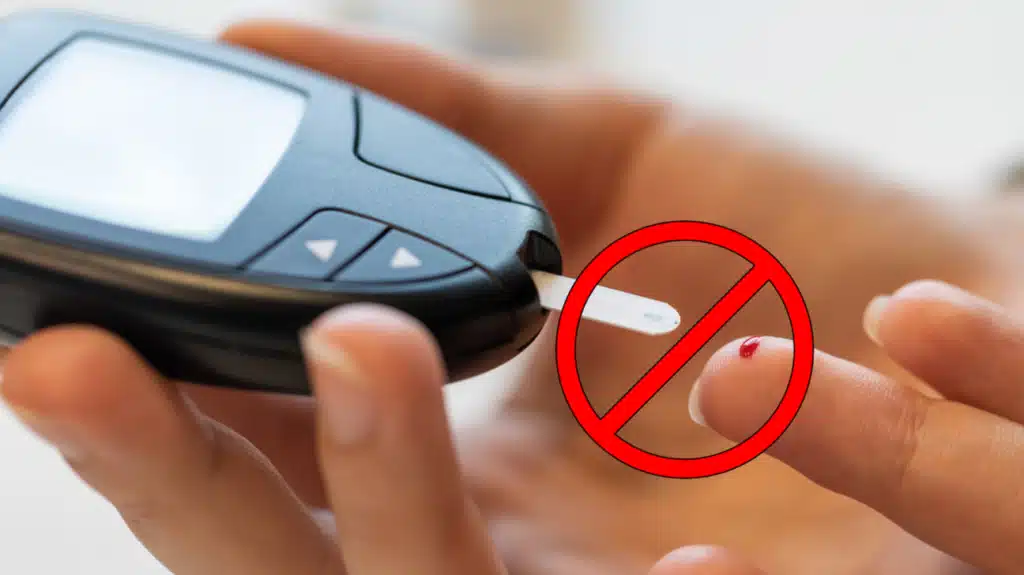Continuous Glucose Monitoring (CGM) has revolutionized the way people with diabetes manage their blood sugar levels, offering real-time insights and better control over their condition. But what about non-diabetics? Can CGM be beneficial for people without diabetes? This blog explores the potential advantages, uses, and considerations of Continuous Glucose Monitoring for non-diabetics.
Understanding Continuous Glucose Monitoring
Continuous Glucose Monitoring involves using a small sensor placed under the skin to measure glucose levels in interstitial fluid continuously. This sensor sends data to a receiver or smartphone, allowing users to monitor their glucose levels in real-time. CGM systems can provide alerts for high or low glucose levels, helping users make timely decisions about their health.
Why Non-Diabetics Might Consider CGM
Health and Wellness Optimization
For health enthusiasts and biohackers, understanding how their diet, exercise, and lifestyle choices affect their glucose levels can be invaluable. Continuous Glucose Monitoring can provide insights into how specific foods, physical activities, and sleep patterns influence glucose levels. This information can help non-diabetics make informed decisions to optimize their health and wellness.
Preventing Metabolic Disorders
Monitoring glucose levels can help identify early signs of insulin resistance and metabolic syndrome. By catching these issues early, non-diabetics can take proactive steps to prevent the development of type 2 diabetes and other metabolic disorders. Continuous Glucose Monitoring provides a comprehensive view of glucose trends, allowing for early intervention and preventive measures.
Enhancing Athletic Performance
Athletes and fitness enthusiasts can benefit from Continuous Glucose Monitoring by understanding how their bodies respond to different types of exercise and nutrition. By monitoring glucose levels, athletes can optimize their training and recovery strategies, ensuring they maintain optimal energy levels and performance.
The Science Behind Continuous Glucose Monitoring
How CGM Works
The CGM sensor measures glucose levels in the interstitial fluid, which surrounds the body’s cells. Although there is a slight delay compared to blood glucose levels, interstitial glucose provides a reliable indicator of overall glucose trends. The sensor typically needs to be replaced every 10 to 14 days, depending on the specific CGM system used.
Data and Feedback
CGM systems provide continuous feedback on glucose levels, including real-time readings, historical data, and trend analysis. This data is transmitted to a receiver or smartphone app, where users can view their glucose levels, set alerts for specific thresholds, and track changes over time.
Benefits of CGM for Non-Diabetics
Real-Time Insights
Continuous Glucose Monitoring offers real-time insights into how lifestyle choices affect glucose levels. For non-diabetics, this can be a powerful tool for making informed decisions about diet, exercise, and overall health.
Personalized Health Data
Each person’s body responds differently to various foods, activities, and stressors. CGM provides personalized data that helps individuals understand their unique glucose responses, allowing for more tailored health and wellness strategies.
Early Detection of Glucose Abnormalities
Early detection of glucose abnormalities can be crucial in preventing the onset of diabetes and other metabolic disorders. By monitoring glucose levels continuously, non-diabetics can identify potential issues early and take steps to address them.
Potential Drawbacks and Considerations
Cost and Accessibility
One of the main drawbacks of Continuous Glucose Monitoring for non-diabetics is cost. CGM systems can be expensive, and they are often not covered by insurance for individuals without a diabetes diagnosis. This can make CGM less accessible for many people.
Data Overload
For some individuals, having access to continuous glucose data can lead to anxiety or an unhealthy fixation on glucose levels. Non-diabetics need to use CGM as a tool for overall health improvement rather than becoming overly focused on specific numbers.
More About: How Does Continuous Glucose Monitoring Help in Hospitals?.
Accuracy and Calibration
While CGM technology has improved significantly, it is not always 100% accurate. Sensors may require calibration with traditional blood glucose meters to ensure accuracy. Users should be aware of potential discrepancies and use CGM data as part of a broader health monitoring approach.
How to Use CGM Effectively as a Non-Diabetic
Set Clear Goals
Before starting Continuous Glucose Monitoring, non-diabetics should set clear health and wellness goals. Whether it’s optimizing diet, enhancing athletic performance, or preventing metabolic disorders, having specific objectives will help guide the effective use of CGM data.
Work with Healthcare Professionals
Consulting with healthcare professionals, such as nutritionists or endocrinologists, can provide valuable guidance on interpreting CGM data and making informed decisions based on the results. Professional advice can help ensure that CGM is used effectively and safely.
Integrate with Other Health Data
CGM data should be integrated with other health data, such as diet, exercise, sleep patterns, and stress levels. This holistic approach provides a more comprehensive understanding of how various factors influence glucose levels and overall health.
Case Studies and Real-Life Examples
Biohackers and Health Enthusiasts
Many biohackers and health enthusiasts have successfully used Continuous Glucose Monitoring to optimize their health. For example, tracking glucose responses to different foods can help individuals identify optimal diets for energy and performance.
Athletes
Athletes have used CGM to fine-tune their nutrition and training regimens. By monitoring glucose levels before, during, and after workouts, athletes can ensure they are fueling their bodies correctly and recovering efficiently.
Preventive Health
Some individuals have used CGM as a preventive health tool, identifying early signs of insulin resistance and making lifestyle changes to avoid the development of type 2 diabetes. These proactive measures can significantly impact long-term health outcomes.
Conclusion
While Continuous Glucose Monitoring is primarily used for managing diabetes, its benefits extend to non-diabetics as well. From optimizing health and wellness to preventing metabolic disorders and enhancing athletic performance, CGM offers valuable insights into glucose levels and overall health. However, it’s essential to consider the cost, potential data overload, and accuracy of CGM systems. By setting clear goals, consulting healthcare professionals, and integrating CGM data with other health information, non-diabetics can effectively use Continuous Glucose Monitoring to improve their health and well-being.
Incorporating CGM into a comprehensive health strategy can empower non-diabetics to make informed decisions, ultimately leading to better health outcomes and a greater understanding of their bodies.


